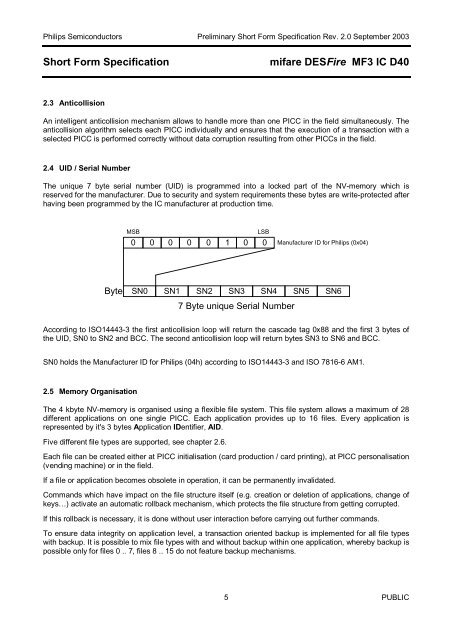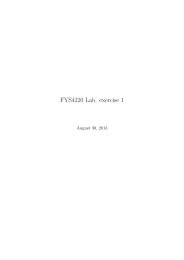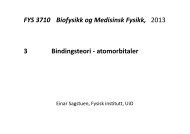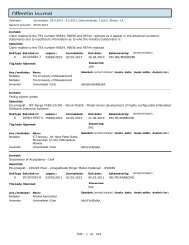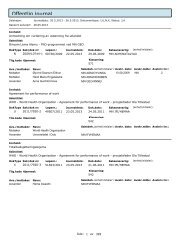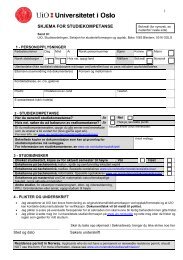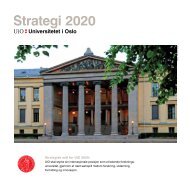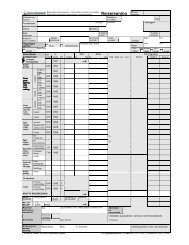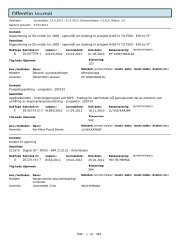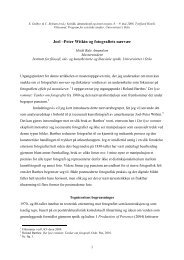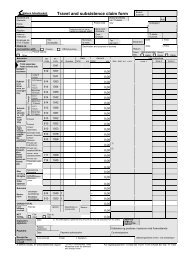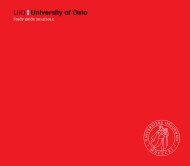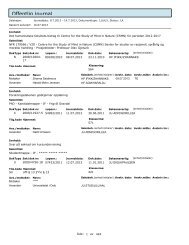mifare DESFire
mifare DESFire
mifare DESFire
Create successful ePaper yourself
Turn your PDF publications into a flip-book with our unique Google optimized e-Paper software.
Philips Semiconductors Preliminary Short Form Specification Rev. 2.0 September 2003<br />
Short Form Specification<br />
<strong>mifare</strong> <strong>DESFire</strong> MF3 IC D40<br />
2.3 Anticollision<br />
An intelligent anticollision mechanism allows to handle more than one PICC in the field simultaneously. The<br />
anticollision algorithm selects each PICC individually and ensures that the execution of a transaction with a<br />
selected PICC is performed correctly without data corruption resulting from other PICCs in the field.<br />
2.4 UID / Serial Number<br />
The unique 7 byte serial number (UID) is programmed into a locked part of the NV-memory which is<br />
reserved for the manufacturer. Due to security and system requirements these bytes are write-protected after<br />
having been programmed by the IC manufacturer at production time.<br />
MSB<br />
LSB<br />
0<br />
0<br />
0<br />
0<br />
0<br />
1<br />
0<br />
0<br />
Manufacturer ID for Philips (0x04)<br />
Byte<br />
SN0<br />
SN1 SN2 SN3 SN4 SN5 SN6<br />
7 Byte unique Serial Number<br />
According to ISO14443-3 the first anticollision loop will return the cascade tag 0x88 and the first 3 bytes of<br />
the UID, SN0 to SN2 and BCC. The second anticollision loop will return bytes SN3 to SN6 and BCC.<br />
SN0 holds the Manufacturer ID for Philips (04h) according to ISO14443-3 and ISO 7816-6 AM1.<br />
2.5 Memory Organisation<br />
The 4 kbyte NV-memory is organised using a flexible file system. This file system allows a maximum of 28<br />
different applications on one single PICC. Each application provides up to 16 files. Every application is<br />
represented by it's 3 bytes Application IDentifier, AID.<br />
Five different file types are supported, see chapter 2.6.<br />
Each file can be created either at PICC initialisation (card production / card printing), at PICC personalisation<br />
(vending machine) or in the field.<br />
If a file or application becomes obsolete in operation, it can be permanently invalidated.<br />
Commands which have impact on the file structure itself (e.g. creation or deletion of applications, change of<br />
keys…) activate an automatic rollback mechanism, which protects the file structure from getting corrupted.<br />
If this rollback is necessary, it is done without user interaction before carrying out further commands.<br />
To ensure data integrity on application level, a transaction oriented backup is implemented for all file types<br />
with backup. It is possible to mix file types with and without backup within one application, whereby backup is<br />
possible only for files 0 .. 7, files 8 .. 15 do not feature backup mechanisms.<br />
5 PUBLIC


